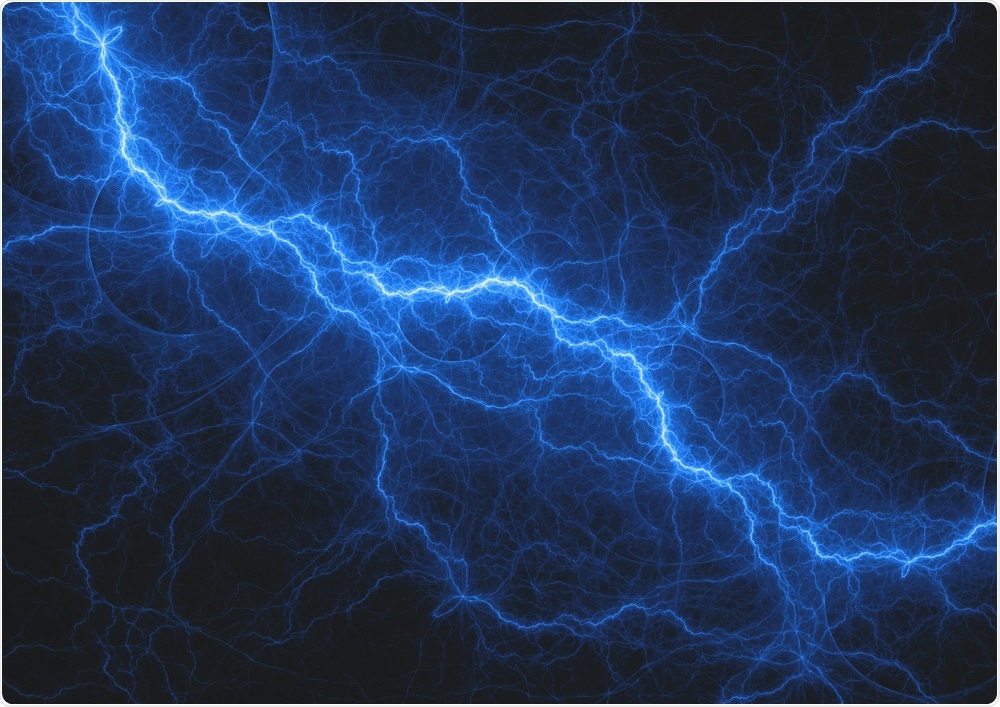
Bacteria in the gut found to produce electricity
Researchers at the University of California, Berkeley have discovered hundreds of bacterial species, including those in the human gut, that can generate electricity.
 Image Credit: Martin Capek / Shutterstock
Image Credit: Martin Capek / ShutterstockWhile scientists already knew that bacteria in exotic environments such as mines and lakes can produce electricity, they had not known that bacteria such as the common diarrhea-causing Listeria monocytogenes are also electrogenic.
The study found that this bacterium and hundreds of others produces electricity using a completely different process to the one that known electrogenic bacteria use.
Many of these bacterial species are found in the gut microbiome and many of them are pathogenic such as the Clostridium perfringens bacteria that causes gangrene and some disease-causing streptococcus bacteria.
Bacteria produce electricity to remove the electrons generated during metabolic processes and to support the production of energy.
In animals and plants, electrons are transferred to oxygen inside the mitochondria of cells, but bacteria in environments without oxygen (including the human gut) have to find an alternative electron acceptor.
In some environments, that electron acceptor has been a mineral such as iron.
The transfer of electrons to a mineral involves a series of chemical reactions referred to as the electron transfer chain, which some scientists have tapped to generate electricity and make batteries.
The new electron transfer system discovered by Portnoy and colleagues is simpler than this known system and seems to only be used by bacteria when necessary such as when there is a poor oxygen supply.
So far, the new system has been found in gram-positive bacteria that live in flavin-rich environments.
"We think that the conventionally studied mineral-respiring bacteria are using extracellular electron transfer because it is crucial for survival, whereas these newly identified bacteria are using it because it is 'easy'," he added.
To test how robust this system is, Light and colleagues used an electrode to measure the electric current generated by the bacteria.
They found the bacteria produced up to 500 microamps and that they make about the same amount of electricity as known electrogenic bacteria.
The finding, which is published in the journal Nature, will be welcome news to people interested in “green” technologies and the possibility of creating living batteries from microbes, for example.
Source:
This news article was written by News-Medical, based on a press release by the University of California, Berkeley.





















.jpg)












No hay comentarios:
Publicar un comentario